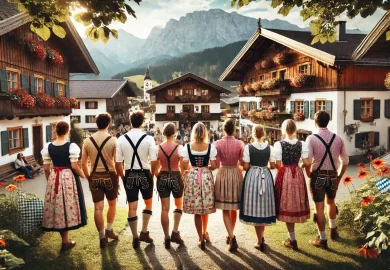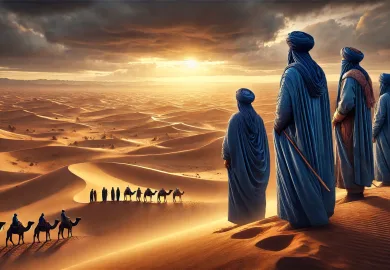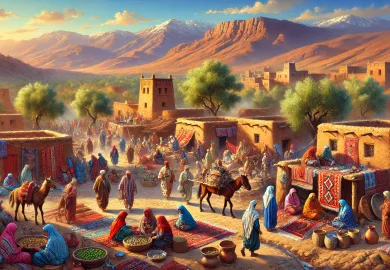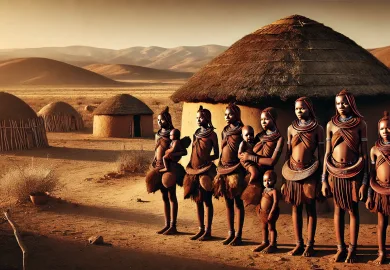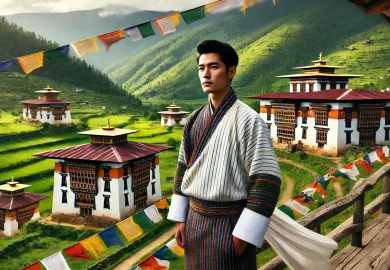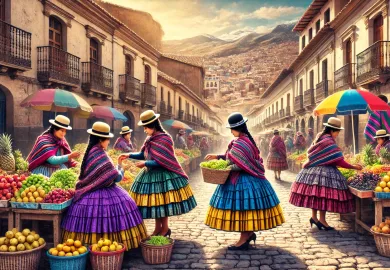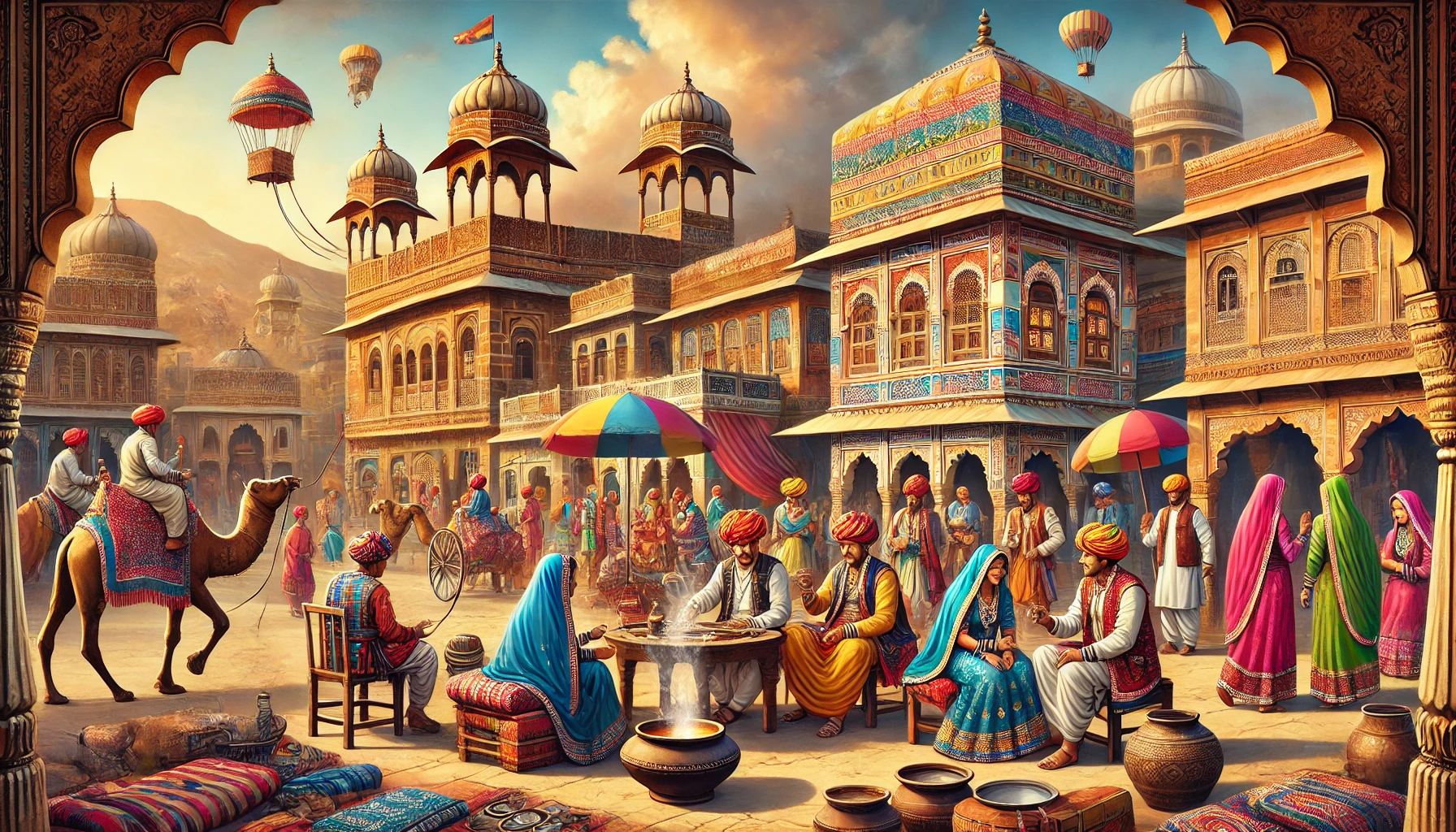
Rajasthan, the largest state in India, is not just known for its vast desert landscapes and grand palaces but also for its vibrant culture and the people who have preserved it for centuries. The Rajasthani people are a testament to India’s diverse cultural tapestry, with traditions deeply rooted in their history, art, and way of life. This article explores the rich heritage, customs, and traditions of the Rajasthani people, shedding light on their enduring legacy.
The Diverse Ethnic Groups of Rajasthan
Rajasthan is home to various ethnic groups, each with its unique customs, dialects, and cultural practices. The major communities include the Rajputs, Brahmins, Meenas, Jats, Bhils, and Gujjars, among others. These groups have coexisted for centuries, contributing to the rich mosaic of Rajasthani culture.
The Rajputs, perhaps the most well-known community, are warriors by tradition and have played a significant role in shaping the history of Rajasthan. Their tales of valor and chivalry are legendary, often immortalized in the region’s folklore and ballads. The Brahmins, known for their scholarly pursuits, have been the custodians of religious rituals and education, playing a crucial role in preserving Hindu traditions.
The Meenas and Bhils, primarily tribal communities, have their unique customs and festivals that add to the diversity of Rajasthan’s cultural landscape. The Jats and Gujjars, mainly agricultural communities, have also significantly contributed to the region’s socio-economic development. Despite the differences in their origins and lifestyles, these communities share a deep sense of pride in their Rajasthani identity, united by common customs, language, and love for their land.
Traditional Rajasthani Attire: A Kaleidoscope of Colors
One of the most striking aspects of Rajasthani culture is its traditional attire, which reflects the region’s vibrant spirit and the artistic flair of its people. The colorful turbans, intricately designed ghagras (skirts), and heavily embroidered odhnis (veils) are not just clothing items but symbols of the state’s rich heritage.
Men in Rajasthan typically wear turbans, known as “pagris,” which vary in style, color, and size depending on the region and occasion. These turbans are not just headgear but also carry social significance, often indicating the wearer’s caste, region, or even mood. For instance, a bright red pagri is usually worn during weddings, while a white one is reserved for mourning.
Women, on the other hand, adorn themselves in vibrant ghagras paired with cholis (blouses) and odhnis. The ghagras are often made from cotton or silk, embellished with mirror work, embroidery, and intricate patterns that are unique to Rajasthan. The odhnis, usually draped over the head or shoulders, add an element of grace and modesty to the attire. These garments are not just aesthetically pleasing but also practical, designed to provide comfort in the state’s extreme weather conditions.
Jewelry plays a significant role in Rajasthani attire, with women often adorning themselves with silver ornaments, including necklaces, bangles, anklets, and nose rings. Each piece of jewelry carries cultural significance, often passed down through generations as family heirlooms. Men’s jewelry, though less elaborate, includes items like earrings, rings, and necklaces, often crafted from gold or silver.
Rajasthani Cuisine: A Culinary Journey through the Desert
Rajasthani cuisine is a reflection of the state’s arid climate and the resourcefulness of its people. The food is rich, spicy, and often vegetarian, with a strong emphasis on using locally available ingredients. Despite the harsh environment, the people of Rajasthan have developed a culinary tradition that is both diverse and flavorful.
One of the most famous dishes from Rajasthan is “Dal Baati Churma,” a meal that perfectly encapsulates the essence of Rajasthani cuisine. The dish consists of three main components: “Dal” (lentils), “Baati” (hard wheat rolls), and “Churma” (sweetened crushed bread). The Baatis are traditionally cooked over an open flame, giving them a distinct smoky flavor, while the Dal is richly spiced, and the Churma adds a sweet contrast to the savory elements.
Another popular Rajasthani dish is “Gatte ki Sabzi,” which features gram flour dumplings cooked in a spicy yogurt-based gravy. This dish is a staple in many Rajasthani households and showcases the state’s unique use of gram flour in cooking. Other notable dishes include “Ker Sangri,” a dried bean and berry stew, and “Laal Maas,” a fiery mutton curry that is not for the faint-hearted.
Rajasthani sweets, or “mithais,” are also famous across India. “Ghewar,” a disc-shaped sweet made from flour and soaked in sugar syrup, is a must-try during festivals like Teej and Raksha Bandhan. “Mawa Kachori” from Jodhpur and “Malpua” from Pushkar are other sweets that have gained popularity beyond the state’s borders. The use of ghee (clarified butter) in Rajasthani sweets gives them a rich flavor, making them an indulgent treat.
Festivals of Rajasthan: A Celebration of Life
Festivals in Rajasthan are a grand affair, marked by vibrant colors, lively music, and traditional dances. These celebrations are not just about religious rituals but also serve as a platform for the community to come together and showcase their cultural heritage. The most popular festivals include Diwali, Holi, Teej, and Gangaur, each celebrated with unique customs and traditions.
Diwali, the festival of lights, is celebrated with great enthusiasm in Rajasthan. The entire state lights up with lamps, candles, and fireworks, creating a magical atmosphere. Homes are decorated with rangoli (colorful patterns made from colored powders), and special sweets are prepared to mark the occasion. The festival also includes the worship of Goddess Lakshmi, the deity of wealth and prosperity, and is seen as an auspicious time for new beginnings.
Holi, the festival of colors, is another major celebration in Rajasthan. The towns and villages come alive with music, dance, and the playful throwing of colors. In cities like Jaipur and Udaipur, the celebrations are particularly grand, with locals and tourists alike participating in the festivities. The festival is a time to forget past grievances and celebrate the joy of life, symbolizing the triumph of good over evil.
Teej and Gangaur are festivals that celebrate womanhood and marital bliss. Teej is celebrated during the monsoon season and is dedicated to Goddess Parvati, marking the reunion of her with Lord Shiva. Women dress in their finest clothes, sing traditional songs, and perform folk dances. Gangaur, on the other hand, is celebrated in honor of Goddess Gauri, a manifestation of Parvati. The festival is particularly significant for newly married women, who pray for a happy and prosperous married life. The celebrations include processions, where idols of Gauri are carried through the streets, accompanied by music and dance.
These festivals, along with many others, are an integral part of Rajasthani culture, reflecting the people’s love for life, community, and tradition. They provide a glimpse into the rich cultural heritage of the state, where every celebration is infused with color, music, and joy.
The Timeless Art and Craft of Rajasthan
Rajasthan is a treasure trove of art and craft, with each region offering something unique. The state’s artisans have perfected their crafts over generations, creating masterpieces that are not only beautiful but also functional. From intricate textiles and jewelry to stunning pottery and paintings, Rajasthani art and craft are a reflection of the state’s rich cultural heritage.
Textiles are one of the most famous crafts of Rajasthan, with techniques like tie and dye (bandhani), block printing, and handloom weaving being widely practiced. The cities of Jaipur, Jodhpur, and Udaipur are particularly known for their textile industries, producing everything from saris and turbans to bedspreads and wall hangings. The vibrant colors and intricate patterns of Rajasthani textiles are a testament to the skill and creativity of the artisans, who have kept these traditional techniques alive.
Jewelry making is another significant craft in Rajasthan, with the state being a major center for gold and silver jewelry. The designs often feature intricate filigree work, enamel (meenakari), and precious stones, creating pieces that are both elegant and timeless. The city of Jaipur, known as the “Pink City,” is particularly famous for its jewelry industry, attracting buyers from all over the world. Rajasthani jewelry is not just an adornment but also a symbol of status and tradition, often worn during festivals, weddings, and other special occasions.
Pottery and ceramics are also an integral part of Rajasthani craft, with each region having its unique style. The blue pottery of Jaipur, known for its vibrant blue and white designs, is perhaps the most famous. This craft, which originated in Persia, has been adopted by Rajasthani artisans and is now synonymous with the state’s rich artistic heritage. Other notable styles include the terracotta pottery of Molela, used for making religious idols, and the white clay pottery of Alwar, known for its delicate designs.
In addition to textiles, jewelry, and pottery, Rajasthan is also known for its miniature paintings, which depict scenes from mythology, history, and daily life. These paintings, often created on paper or cloth, are characterized by their fine brushwork, vivid colors, and intricate details. The schools of miniature painting in Jaipur, Udaipur, and Kishangarh are particularly famous, each with its distinct style and techniques.
The art and craft of Rajasthan are not just about preserving traditions but also about innovation and creativity. Many contemporary artists and designers are now drawing inspiration from these traditional crafts, creating modern interpretations that appeal to a global audience. Despite the challenges posed by modernization, the artisans of Rajasthan continue to thrive, ensuring that their rich cultural heritage is passed down to future generations.
Conclusion: The Enduring Legacy of Rajasthani Culture
The Rajasthani people and their culture represent a unique blend of tradition and modernity, where the old and the new coexist in harmony. From their colorful attire and rich cuisine to their vibrant festivals and timeless crafts, the people of Rajasthan have preserved their cultural heritage with pride and passion. This enduring legacy is not just a testament to their resilience and creativity but also a reminder of the importance of cultural diversity in our world.
As Rajasthan continues to evolve, its culture remains a source of inspiration for artists, scholars, and travelers alike. The state’s rich history, combined with the warmth and hospitality of its people, makes it a truly unique destination, where every visit offers a glimpse into a world that is both ancient and timeless. Whether you are exploring the bustling markets of Jaipur, attending a traditional Rajasthani wedding, or simply enjoying a meal of Dal Baati Churma, you are sure to be captivated by the magic of Rajasthani culture.
In the end, the culture of Rajasthan is not just about the past but also about the present and the future. It is a living, breathing entity that continues to evolve, adapting to the changing times while staying true to its roots. This is the true essence of Rajasthani culture – a culture that is as vibrant and diverse as the people who call this land their home.

